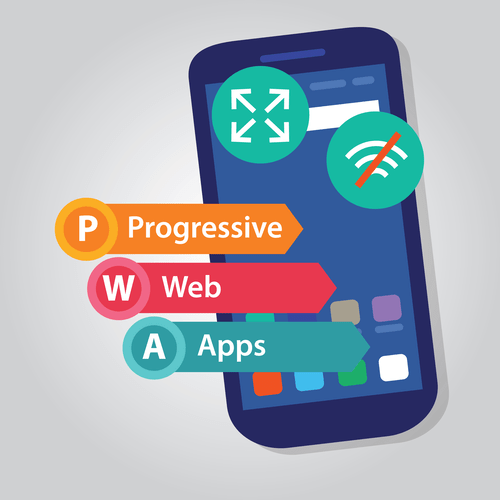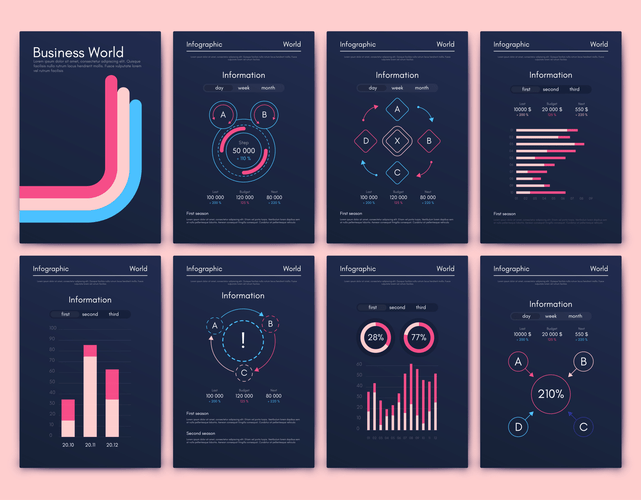Grasping the basics of how it works is essential to determine what kind of training data, they will use to train these intelligent machines. The confidence level defines the accuracy level needed to assign intent to an utterance for the Machine Learning part of your model (if you’ve trained it with your own custom data). You can change this value and set the confidence level that suits you based on the Quantity and Quality of the data you’ve trained it with. These represent the user’s goal or what they want to accomplish by interacting with your AI chatbot, for example, “order,” “pay,” or “return.” Then, provide phrases that represent those intents.

We at Haptik, understand this behavior and ensure that the insights and learnings obtained from building 100+ virtual assistants across key industries are meticulously incorporated into the Haptik https://www.globalcloudteam.com/ Platform. In this section we learned about NLUs and how we can train them using the intent-utterance model. In the next set of articles, we’ll discuss how to optimize your NLU using a NLU manager.
What is NLP?
Within NLP functions the subclass of NLU, which focuses more so on semantics and the ability to derive meaning from language. This involves understanding the relationships between words, concepts and sentences. NLU technologies aim to comprehend the meaning and context behind the text rather than just analysing its symbols and structure. But you don’t want to start adding a bunch of random misspelled words to your training data-that could get out of hand quickly! You can learn what these are by reviewing your conversations in Rasa X. If you notice that multiple users are searching for nearby “resteraunts,” you know that’s an important alternative spelling to add to your training data. If you’ve inherited a particularly messy data set, it may be better to start from scratch.

Some NLUs allow you to upload your data via a user interface, while others are programmatic. There are many NLUs on the market, ranging from very task-specific to very general. The very general NLUs are designed to be fine-tuned, where the creator of the conversational assistant passes in specific tasks and phrases to the general NLU to make it better for their purpose. It is best to compare the performances of different solutions by using objective metrics. Computers can perform language-based analysis for 24/7 in a consistent and unbiased manner. Considering the amount of raw data produced every day, NLU and hence NLP are critical for efficient analysis of this data.
Top 5 Tools for Customer Engagement Automation in 2023
By employing expert.ai Answers, businesses provide meticulous, relevant answers to customer requests on first contact. Instead they are different parts of the same process of natural language elaboration. More precisely, it is a subset of the understanding and comprehension part of natural language processing. With text analysis solutions like MonkeyLearn, machines can understand the content of customer support tickets and route them to the correct departments without employees having to open every single ticket.

Haptik already has a sizable, high quality training data set (its bots have had more than 4 billion chats as of today), which helps chatbots grasp industry-specific language. Note that if the validation and test sets are drawn from the same distribution as the training data, then we expect some overlap between these sets (that is, some utterances will be found in multiple sets). If you expect users to do this in conversations built on your model, you should mark the relevant entities as referable using anaphoras, and include some samples in the training set showing anaphora references.
NLU can be used as a tool that will support the analysis of an unstructured text
They feed on a vast amount of data, learning from the patterns they observe and applying this knowledge to make predictions or decisions. With the help of natural language understanding (NLU) and machine learning, computers can automatically How to Train NLU Models analyze data in seconds, saving businesses countless hours and resources when analyzing troves of customer feedback. Typos in user messages are unavoidable, but there are a few things you can do to address the problem.
If there are individual utterances that you know ahead of time must get a particular result, then add these to the training data instead. They can also be added to a regression test set to confirm that they are getting the right interpretation. The first step in NLU involves preprocessing the textual data to prepare it for analysis.
SentiOne Automate – The Easiest Way to Training NLU
This document is not meant to provide details about how to create an NLU model using Mix.nlu, since this process is already documented. The idea here is to give a set of best practices for developing more accurate NLU models more quickly. This document is aimed at developers who already have at least a basic familiarity with the Mix.nlu model development process.
- NLP helps technology to engage in communication using natural human language.
- Not only does this save customer support teams hundreds of hours,it also helps them prioritize urgent tickets.
- You do it by saving the extracted entity (new or returning) to a categorical slot, and writing stories that show the assistant what to do next depending on the slot value.
- Initially, it’s most important to have test sets, so that you can properly assess the accuracy of your model.
- John Ball, cognitive scientist and inventor of Patom Theory, supports this assessment.
If you have usage data from an existing application, then ideally the training data for the initial model should be drawn from the usage data for that application. This section provides best practices around selecting training data from usage data. Being able to formulate meaningful answers in response to users’ questions is the domain of expert.ai Answers. This expert.ai solution supports businesses through customer experience management and automated personal customer assistants.
Train NLU
Part of speech tagging looks at a word’s definition and context to determine its grammatical part of speech, e.g. noun, adverb, adjective, etc. Fortunately, advances in natural language processing (NLP) give computers a leg up in their comprehension of the ways humans naturally communicate through language. Whether it’s simple chatbots or sophisticated AI assistants, NLP is an integral part of the conversational app building process. And the difference between NLP and NLU is important to remember when building a conversational app because it impacts how well the app interprets what was said and meant by users.
Upon reaching a satisfactory performance level on the training set, the model is then evaluated using the validation set. If the model’s performance isn’t satisfactory, it may need further refinement. It could involve tweaking the NLU models hyperparameters, changing their architecture, or even adding more training data. Training a natural language understanding model involves a comprehensive and methodical approach. The steps outlined below provide an intricate look into the procedure, which is of great importance in multiple sectors, including business.
Demystifying NLU: A Guide to Understanding Natural Language Processing
Note that it is fine, and indeed expected, that different instances of the same utterance will sometimes fall into different partitions. This section provides best practices around generating test sets and evaluating NLU accuracy at a dataset and intent level.. A single NLU developer thinking of different ways to phrase various utterances can be thought of as a “data collection of one person”.













